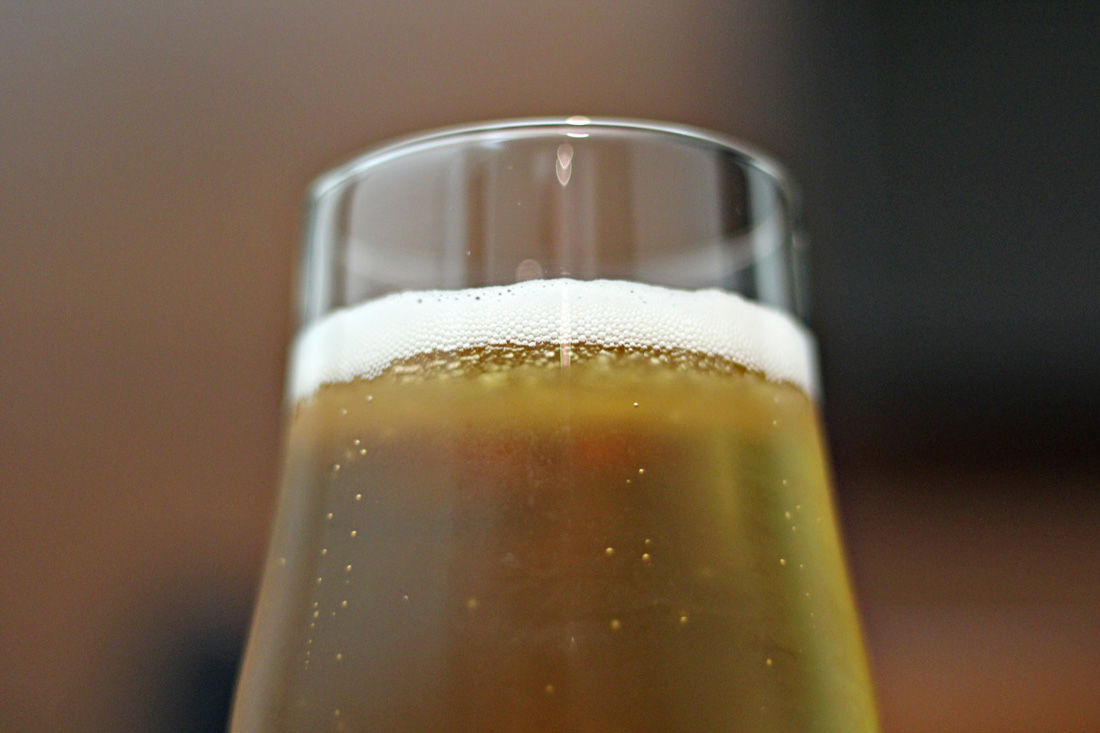
Looking to take your craft-beer knowledge next level? Lou Treseder of Driftwood Spars in St Agnes reveals the beer-tasting basics
Getting started
Tasting beer isn’t wildly unlike tasting wine. The main difference is that you swallow beer instead of spitting it out, as this is when the bittering hops reveal their flavour.
If you’re having a beer‑tasting session with friends, choose four or five bottles to share. Your tastebuds and sense of smell can begin to clog up after too many and it becomes difficult to appreciate the flavour of each beer.
The ideal temperature to sample beer at is 12°C (you can’t perceive all the flavours when it’s too cold), so it’s a good idea to take the beers out of the fridge a few minutes before you begin.
Go lightly
Include a range of beers in your sampling session. A good selection would include a light pale ale, bitter, IPA, dark beer and something unusual like a Saison or sour. The tasting order is important and you should aim to start with the mildest‑tasting beer before moving up in flavour profile – your palate won’t be able to appreciate the subtle nuances of lighter beers if you start with the bold-flavoured varieties.
Get clear on your beer
Gently pour the beer into a glass. If it’s bottle conditioned (refermented in the bottle) you might not want the sediment in the bottom as this will make the beer cloudy.
Have a look at its clarity and head: good head retention generally shows good condition. Most beers should be clear unless sold as a hazy beer.

Inhale the sweet smell of success
Aroma is about 70 per cent of what you taste, so stick your nose into the glass and breathe in deeply. Blow some air back from the back of your throat to enliven the olfactory system. I like to sip from a stemmed tulip glass as the bowl shape traps aroma.
Take a slurp and work the beer around your mouth to assess its texture and taste. Once you’ve swallowed, consider the mouthfeel and length of flavour. How long does the flavour linger on your palate?
Don’t get caught on the hop
The initial flavours of the beer (such as tropical fruits or pine) will be the hops. Then, while still in your mouth, the flavours of the malts (such as dark chocolate, coffee, rich caramel and light biscuit) will start to reveal themselves.
When you swallow, the beer will pass over your palate and you’ll get a hit of bitterness from the hops. Depending on how bitter the beer is, this could last for several seconds. You’ll also get a second wave of aromatics as you breathe out, so don’t judge the beer until it’s completely faded.
Be the judge
A good beer is well balanced between the sweetness of the malts and alcohol and the bitterness of the hops. However, there’s also a strong element of personal taste – whether you prefer a sweeter or more bitter beer, a delicate beer or a full-flavoured beer.
Bad beers are those that have picked up bacteria in the brewing or packaging process. If it smells off , or of soggy newspaper or wet dog, don’t drink it.
Dive into Lou’s pick of picnic beers.
Share How to taste beer like a pro with your friends
